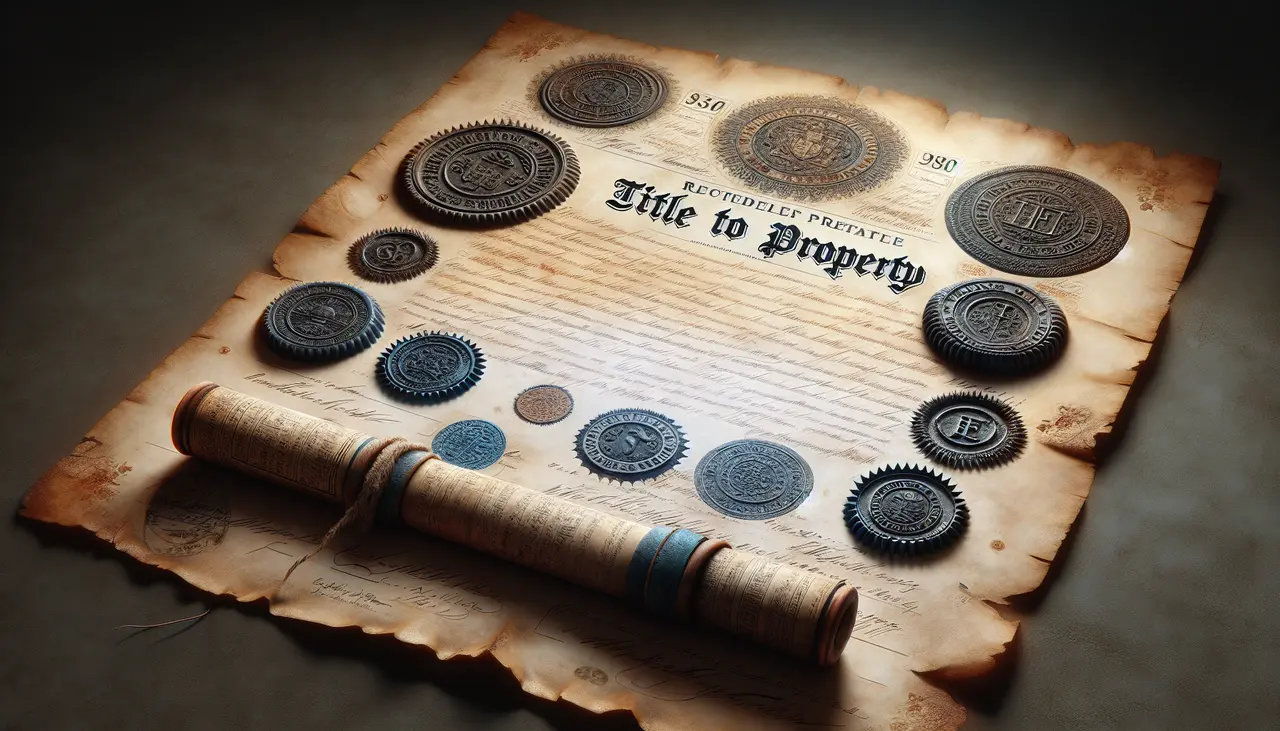When it comes to property ownership, accurate deed preparation is key. A mistake here could lead to future disputes or legal issues. This guide simplifies the often complex process of deed preparation, ensuring you have all the necessary information to correctly prepare your property deed.
Understand the Types of Deeds
Knowing the right type of deed is crucial because it dictates the extent of the rights and protections you will have. The most common deeds are the warranty deed, which guarantees the property is free from encumbrances, and the quitclaim deed, which transfers any ownership interest the grantor may have without guarantees. Choosing correctly depends on the specifics of the transaction.
For example, a warranty deed is often used in property sales to reassure the buyer, whereas a quitclaim deed might be used when transferring property between family members or as part of a divorce settlement. Understanding these types of deeds and when to use them helps in making informed decisions in property transactions.
Gather Necessary Information
Preparation is key when it comes to drafting your deed. Start by collecting the property’s legal description, also known as the metes and bounds or lot and block description. This information is usually found on your current deed or mortgage documents.
Additionally, you need details on liens or encumbrances, which can impact your ownership. Ensuring that any liens are addressed is essential in maintaining clear property title. Double-check that all grantor and grantee information is correct and up-to-date, as inaccuracies can lead to disputes.
Correct Deed Preparation
For deed preparation, the drafting process is where precision matters most. Use clear, concise language that appropriately describes the transaction. Avoid technical jargon unless it’s necessary for legal clarity. Ensure every element, from the names involved to the property description, is included and exact.
A crucial step in drafting a deed is reviewing state-specific requirements, as these can vary widely. It might be beneficial to consult with a legal professional during this phase to ensure compliance with local laws and to verify that the deed meets all legal standards.
Sign and Notarize the Document
Once your deed is drafted, it must be signed by the grantor in the presence of a notary public. This step legitimizes the deed, preventing future disputes about its authenticity.
The notary’s role is to witness the signature, ensuring it is voluntary and not under duress. This process offers an added layer of security, confirming all parties are in agreement with the transaction as outlined in the deed.
Record the Deed with Local Authorities
The final step is filing the deed with your local county recorder’s office. This crucial action makes the deed part of the public record, protecting your ownership rights by legally recognizing them.
Each county may have specific recording requirements and fees, so it’s wise to verify these beforehand. Ensuring your deed is properly recorded helps prevent future claims against your ownership.
Verify the Recorded Deed
After your deed is recorded, obtain a copy from the recorder’s office. Checking this copy for accuracy against your original draft is crucial to mitigate any errors.
Errors found at this stage should be addressed with the recording office. In some cases, corrections may need to be re-submitted and re-recorded, emphasizing the importance of precise preparation throughout the process.
Wrapping Up Deed Preparation
Preparing a deed accurately requires attention to detail and knowledge of legal requirements. Following these steps ensures that your property transaction goes smoothly, granting you peace of mind. Remember, when in doubt, consulting a legal professional can provide additional security. Gentile Property Law Office specializes in preparing and recording deeds. Please contact us to assist you.




0 Comments